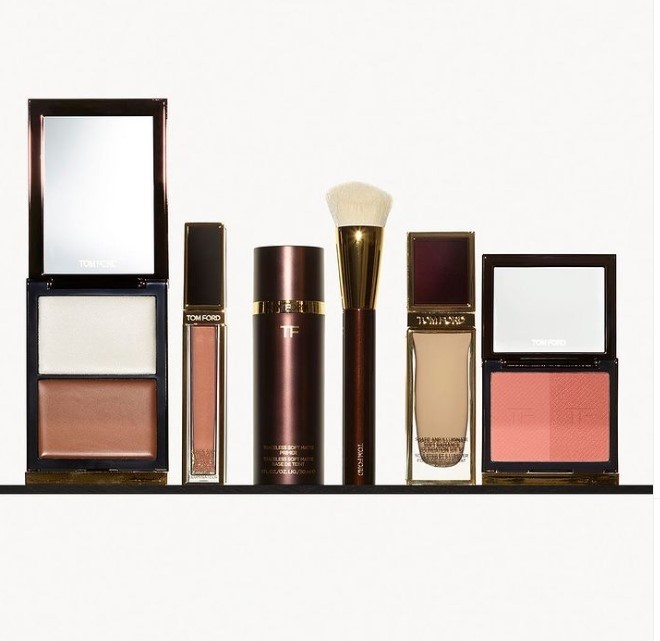Estée Lauder Companies Q1 global sales down -10%; lowered forecast

The company has lowered its forecast for the rest of the business year and attributed the declining sales to a slower-than-expected recovery of prestige beauty in mainland China, as well as a weak performance from the company’s Asia travel-retail business.
It said that these challenges were partially offset by organic net sales growth in the US and many markets in the Asia-Pacific region – led by Japan and Hong Kong – as well as in nearly all markets in the EMEA region, led by Germany and the UK.
Organic net sales of Colour Cosmetics and Fragrance grew, partially offsetting a steep decline in Skin Care sales.
President and Chief Executive Officer Fabrizio Freda said, “Encouragingly, we returned to growth in the US with Fragrance, Makeup and Skin Care all contributing. This performance partially offset the pressures of Asia travel retail and a slower recovery of overall prestige beauty in mainland China.”
He continued: “Given incremental external headwinds, namely from the slower growth in overall prestige beauty in Asia travel retail and in mainland China, which is currently confirmed in the pre-sale phase of the 11.11 Shopping Festival, and the risks of business disruption in Israel and other parts of the Middle East.”
He also said the company was: “accelerating and expanding our profit recovery plan to benefit fiscal years 2025 and 2026.”
EMEA sales dropped by -27%
Net sales for the EMEA region dropped by almost one-third compared to the same period last year and global travel retail sales were down by double digits, due to the business resetting retailer inventory levels.
The company said it now plans to reduce excess inventory through its regionalised supply chain network, across Asia in particular.
Sales in Asia decreased by 3%, which ELC said was thanks to a slowdown in overall prestige beauty in mainland China.
But it wasn't all bad news, as the company said the decline was partially offset by increases in other countries within the region including Hong Kong, Japan and Australia.
The American market also rose by 6%, with gains in both North America and Latin America.
In terms of the bigger picture, ELC’s sales have continued to decline each quarter and its sales were down by -10% for the fiscal year 2023, which it mainly attributed to sluggish recovery of travel-retail sales in Asia.
The L’Oréal Group also recently reported sales declines in North Asia and Beiersdorf's La Prairie brand has also suffered in this market, but L’Occitane Group reported that the market was picking up for its flagship brand, L'Occitane en Provence.
Skin care sales down by -21%; fragrance up by 5%
Skin Care net sales saw the steepest decline, dropping by -21%, which ELC said was due to the issues in Asian travel retail, primarily due to actions undertaken by the company and retailers to reset retailer inventory levels.
It said that this decline was also due to “headwinds from a slower-than-expected recovery of overall prestige beauty in mainland China and the changes in government and retailer policies related to unstructured market activity.
The Estée Lauder and La Mer brands saw sales decline but this was partially offset by growth from The Ordinary and, to a lesser extent M·A·C.
Makeup net sales grew by 1%, with high-single-digit growth in The Americas and APAC, but this was partially offset by a decline in EMEA, which the company also said was due to the challenges in the Asian travel-retail business.
Net sales grew for M·A·C, Too Faced, TOM FORD and Clinique, but decreased for the Estée Lauder brand.
Fragrance was still a strong point for the company and net sales rose 5%. The Le Labo and TOM FORD brands saw double-digit growth in The Americas and Asia/Pacific.
While Hair Care net sales dropped by -7%, driven by Aveda and Bumble and bumble, which ELC said was “primarily due to softness in North America.”










![Chinese study highlights mental health challenges in atopic dermatitis, emphasising holistic patient care. [Getty Images]](https://www.cosmeticsdesign-europe.com/var/wrbm_gb_food_pharma/storage/images/_aliases/wrbm_tiny/publications/cosmetics/cosmeticsdesign-asia.com/headlines/formulation-science/chinese-research-linking-atopic-dermatitis-to-mental-health-underscores-need-for-holistic-care/17040623-1-eng-GB/Chinese-research-linking-atopic-dermatitis-to-mental-health-underscores-need-for-holistic-care.jpg)








